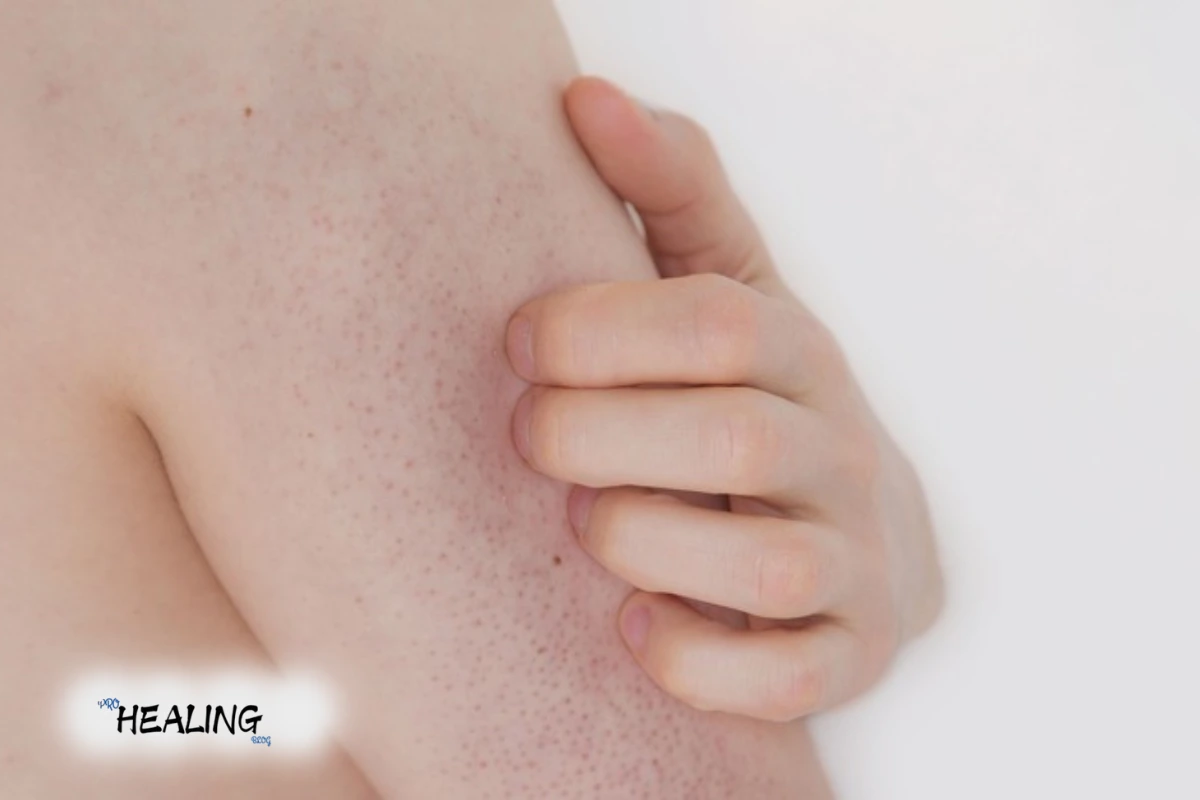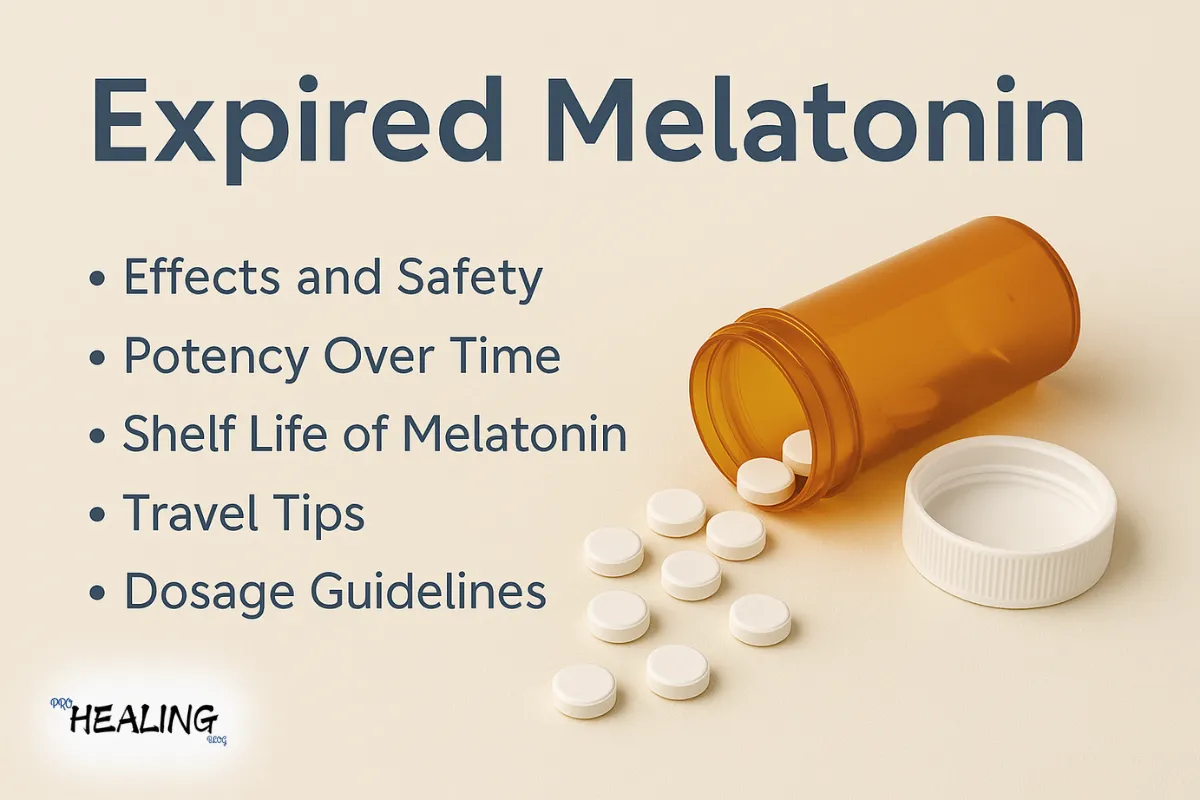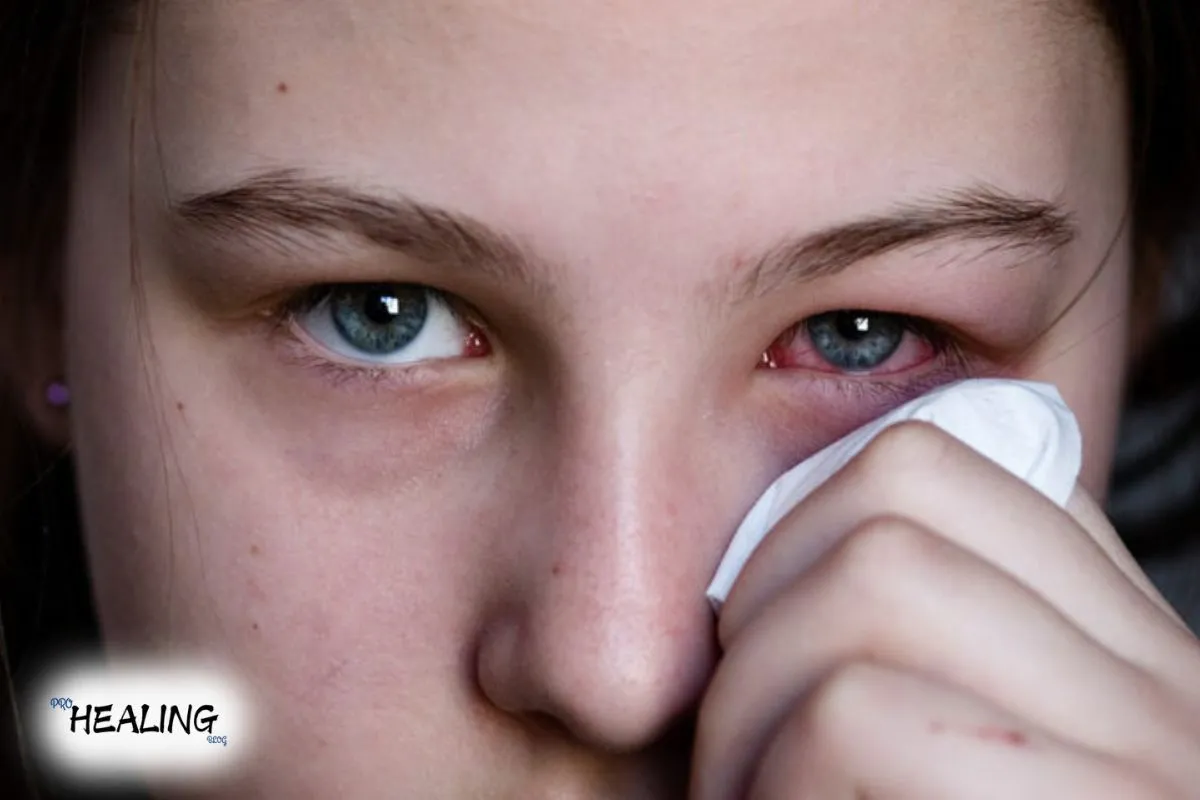Keratin plugs, which are often a cause of concern and cosmetic discomfort, can appear as small, hardened bumps on the skin. These plugs are the result of a buildup of keratin, a protective protein found in skin, hair, and nails.
Keratin plugs, medically known as keratosis pilaris, are small, rough bumps found primarily on the upper arms, thighs, cheeks, or buttocks. These plugs form when excess keratin, a fibrous structural protein, clogs the openings of hair follicles, causing small, often painless bumps to form on the skin.
Types of Keratin Plugs
They can vary in appearance and severity. The most common type is keratosis pilaris, which appears as flesh-colored or red bumps. Less commonly, people may experience keratosis pilaris rubra, which is characterized by more pronounced redness and inflammation.
See Also: Warning Signs of Mold Toxicity: Protect Your Health Today
Causes of Keratin Plugs
Understanding their etiology is essential for effective treatment. Several factors contribute to the formation of these skin abnormalities:
Genetic Predisposition
Genetics plays an important role in their development. People with a family history of keratosis pilaris are more likely to experience symptoms. This hereditary factor underscores the importance of examining family patterns to diagnose and treat the condition.
Environmental Factors
Environmental influences, including low humidity and cold weather, can exacerbate their formation. These conditions often lead to dry skin , facilitating the buildup of keratin within hair follicles.
Underlying Skin Conditions
Certain dermatological conditions, such as eczema and ichthyosis, can increase the likelihood of developing. These conditions often affect the skin’s barrier function, leading to increased keratinization.
Symptoms and Diagnosis of Keratin Plugs
Recognizing the symptoms is a critical step toward diagnosis and subsequent treatment.
Identify the symptoms
They usually appear as:
- Small, rough bumps that look like goosebumps
- Red or swollen appearance, particularly in keratosis pilaris rubra.
- Dry texture, similar to sandpaper.
- Occasional itching or irritation
Diagnostic Process
Diagnosing them primarily involves a clinical examination by a dermatologist. To confirm the presence of keratosis pilaris, the patient’s skin appearance and medical history are taken into account. In rare cases, a skin biopsy may be performed to rule out other dermatological conditions.
See Also: Tamarind: Health Benefits, Uses, and Side Effects
Treatments for Keratin Plugs
While they are generally harmless, they can be aesthetically unsightly. Fortunately, there are several treatment options:
Topical Treatments
Topical treatments are often the first line of defense against them. These may include:
- Exfoliating creams: Products containing alpha hydroxy acids (AHAs), such as glycolic acid or lactic acid, help remove dead skin cells and reduce keratin buildup.
- Moisturizers: Regular application of moisturizers can relieve dryness and prevent further plugging.
- Retinoids: Topical retinoids can promote cell renewal and reduce keratin buildup, although they may cause irritation in sensitive individuals.
Medical Procedures
For more persistent cases, dermatological procedures may be recommended:
- Laser therapy: Uses targeted light to reduce redness and improve skin texture.
- Chemical peels: Use chemical solutions to exfoliate the outer layer of the skin, promoting smoother skin.
Lifestyle Modifications
Implementing certain lifestyle changes can also influence their management:
- Humidifiers: Increasing humidity levels in living spaces can combat dry skin and reduce keratin buildup.
- Gentle cleansing: Using mild soaps and avoiding hot water can help maintain your skin’s natural oils.
Preventing Keratin Plugs
Preventive measures can minimize their appearance and improve skin health.
Regular Skincare Routine
It’s essential to maintain a consistent skincare regimen. Incorporating gentle exfoliation and daily moisturizing can prevent keratin buildup and maintain skin’s softness.
Dietary Considerations
A balanced diet rich in vitamins and minerals promotes overall skin health. Omega-3 fatty acids, found in fish and flaxseeds, can improve skin hydration and elasticity.
Avoid Triggers
Identifying and avoiding environmental triggers, such as dry air or harsh soaps, can prevent outbreaks and effectively manage symptoms.
See Also: The Ultimate Hair Care Routine: Steps, Tips, and Best Practices for Healthy Hair
FAQs
What are keratin plugs?
They are tiny, hardened lumps that develop when hair follicles become clogged with excess keratin. They usually show up on the thighs, arms, buttocks, and cheeks.
What causes keratin plugs?
They can form due to genetic and environmental influences (such as arid conditions), as well as pre-existing skin disorders like eczema.
Are keratin plugs the same as keratosis pilaris?
Indeed, keratosis pilaris is a frequent type of keratin plug that leads to rough, goosebump-like skin, commonly found on the upper arms and thighs.
How can I treat keratin plugs at home?
Exfoliating creams containing AHAs, moisturizers, and topical retinoids assist in diminishing them. Using humidifiers and adhering to a skincare regimen can also enhance skin texture.
Can medical treatments help remove keratin plugs?
Indeed, dermatological treatments such as laser therapy, chemical peels, and professional exfoliation can assist in diminishing their visibility.
How can I prevent keratin plugs from forming?
To avoid them and keep skin smooth, it is helpful to hydrate, use moisturizers, steer clear of harsh soaps, and exfoliate regularly.






